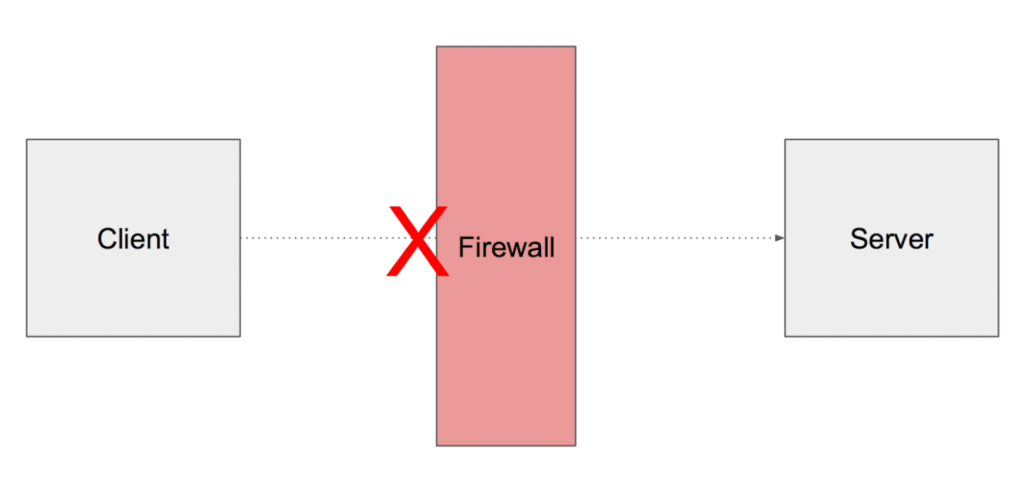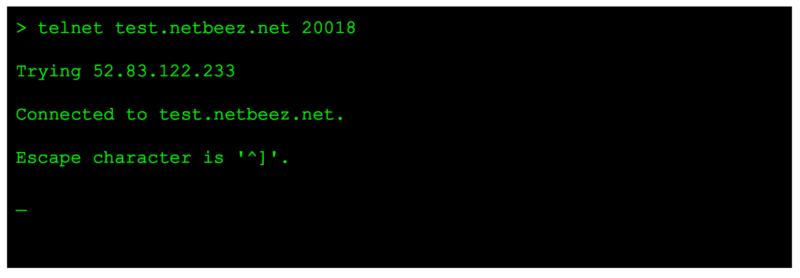Telnet is an application that is used to connect to a remote host’s command line terminal interface. Network and system administrators use this application to configure and administer network devices such as servers, routers, switches, etc. This application is based on the connection-oriented Transmission Control Protocol (TCP). By default, a telnet server listens on port 23 for incoming connections from clients.
All information exchanged in a telnet session between a client and server is unencrypted and, for this reason, in the last years this application has been replaced by SSH, which provides the same type of service, but encrypted, as it’s based on the Secure Socket Layer (SSL) protocol.

Although telnet has become obsolete for remote administration purposes this application is still widely used to verify connectivity to remote services that are based on TCP. In a client-server architecture, you can use telnet to make sure that no firewalls in between are blocking incoming connections to the server.
Using telnet: syntax
The telnet command syntax is the following:
telnet [ host [ port ] ]
For example, if you want to test connectivity to a remote service using port 20011 on host test.netbeez.net, you’ll have to type:
telnet test.netbeez.net 20011
Successful telnet
If the service is running with no firewalls in-between blocking incoming connections, the telnet command will return the following prompt:

As you can see, the telnet command returns the resolved IP address associated to the provided hostname, and give notice of the escape characters, ‘SHIFT ]’, that can be used to terminate the connection.
Refused telnet connection
Let’s see what happens when a firewall in between is rejecting connections:

In this case, telnet is returning the message “Connection refused” to communicate to the user that a firewall is blocking connections to the specified TCP port on the remote host.
Unsuccessful telnet connection
When troubleshooting client connectivity issues to a TCP service, another possible scenario is the following:

In this other scenario, telnet is not returning any message. This case is more difficult to troubleshoot because it could be either that:
1) a network or host firewall is dropping incoming connections
2) the remote is down
3) network connectivity between the client and server is unavailable for some reason.
In this case, you can troubleshoot to see if you find more information. In some case, you can test with a TCP traceroute where the connection fails. You can also get in touch with the administrator of the remote host to ask if they allow telnet connections.
Before concluding this post, I would like to explain two important concepts related to firewalls …
Difference between host firewalls and network firewalls
A host firewall runs on a computer, or server, to block or allow incoming connections to specific local services. The goal of such firewall is to protect the host itself where the firewall is running. Most modern operating systems, like Windows, Mac, or Linux, have available such a service.
A network firewall is a dedicated device that is installed on a specific network segment to protect one or more private networks that reside behind it. Network firewalls are sophisticated appliances that can inspect a large amount of throughput data adding little delay.
Difference between reject and drop in firewall configurations
Firewalls can block connections via two methods: reject or drop. When a connection is rejected, the firewall tells the source that the destination host is not allowing incoming connections to specific port(s).
The second method is to silently drop the packets, acting as if the host is unreachable. As I described earlier, since this method is more difficult to troubleshoot, it’s more appropriate to slow down hostile users that are scanning a network in the hopes of finding vulnerabilities to exploit. For this reason, it’s a good idea to configure internal firewalls with reject rules and external ones, while facing public networks with drop rules.
Conclusion
Telnet was once used to connect to a remote host. Its lack of encryption caused telnet to be obsolete for this purpose. However, there are several other use cases for which telnet is still a much needed tool. For instance, users can determine if a remote TCP port is reachable, unreachable, or blocked by firewalls.
A network monitoring tool like NetBeez is capable of automating telnet tests . If you are a network administrator that needs to periodically verify TCP/IP ports availability, and performance, request a demo or trial to see how it works. NetBeez is capable of automating telnet checks and do much more!





